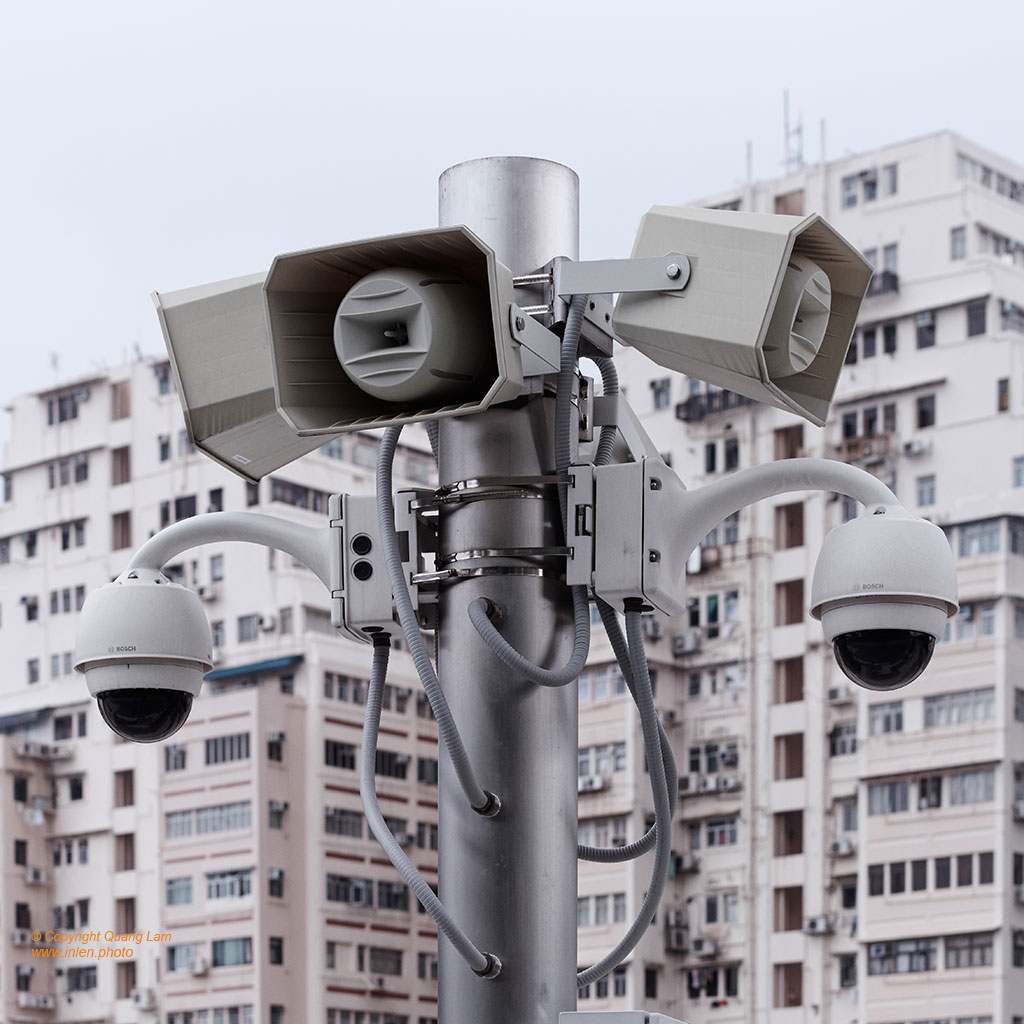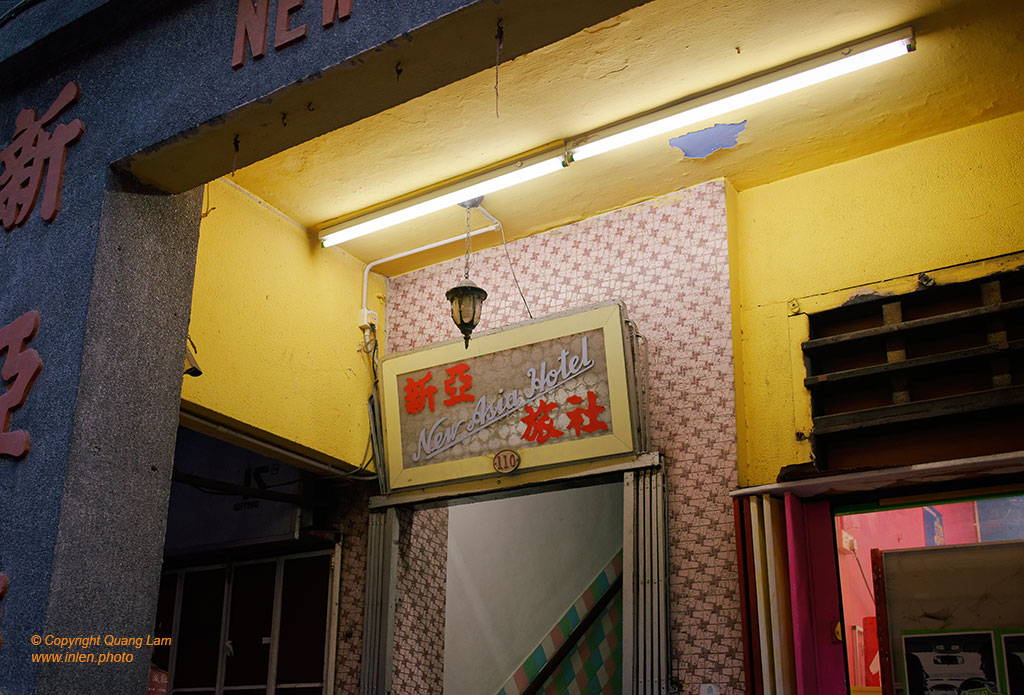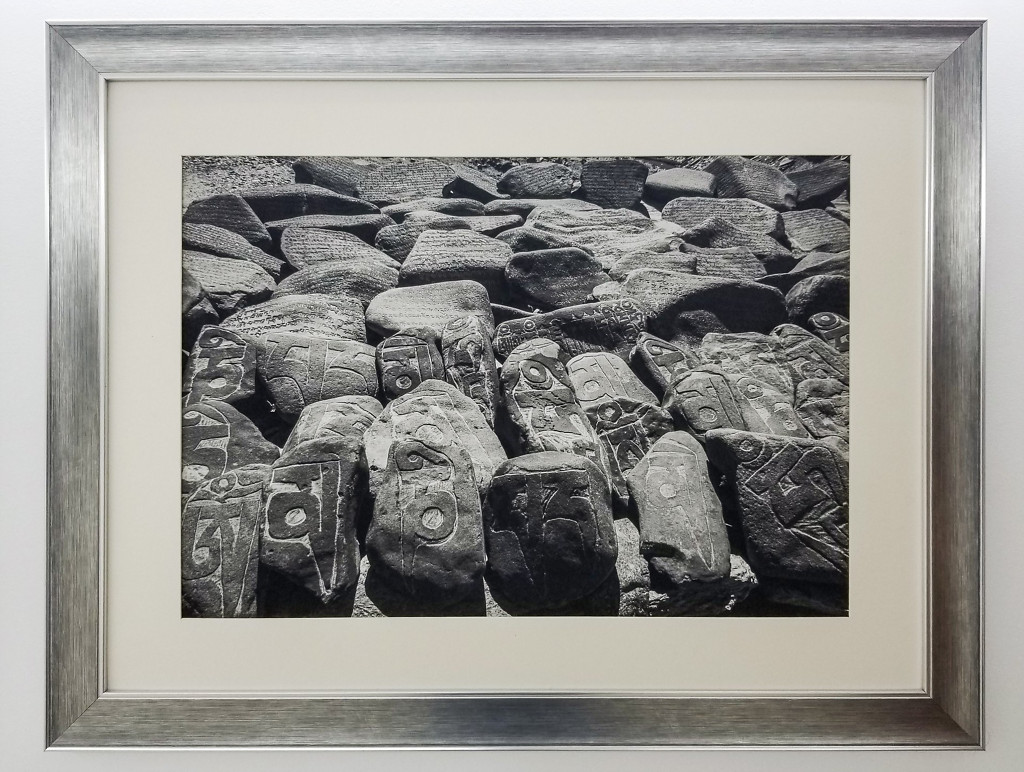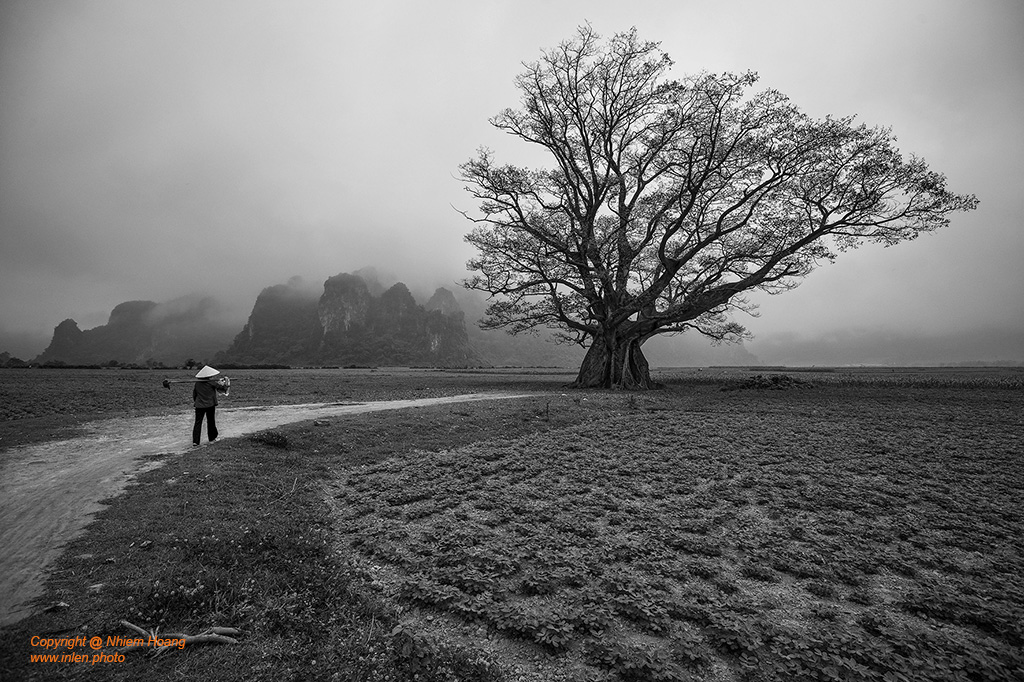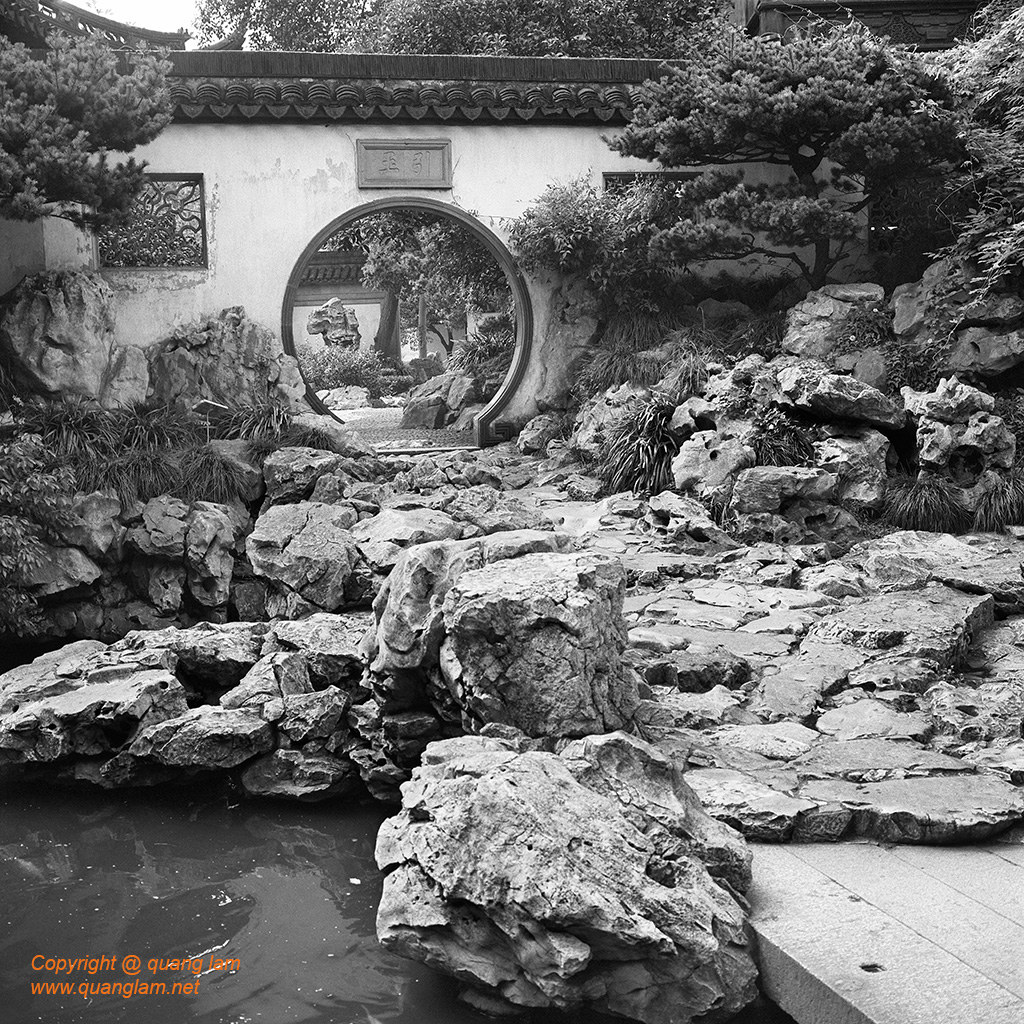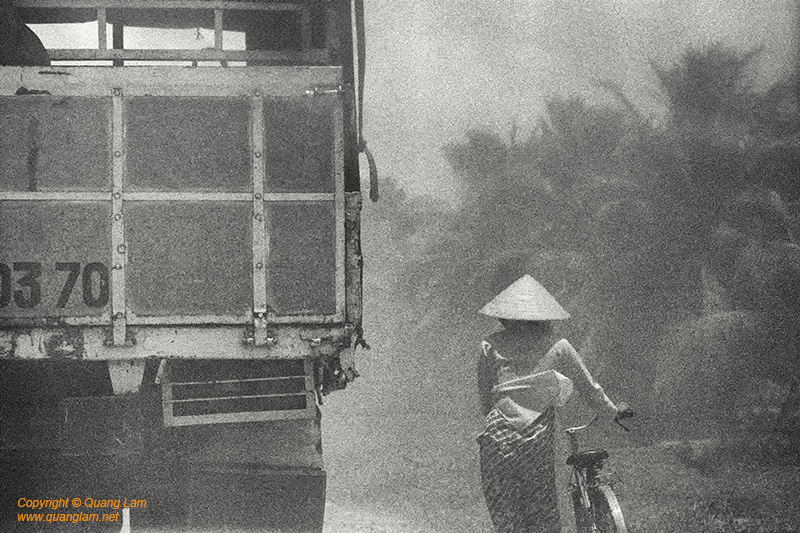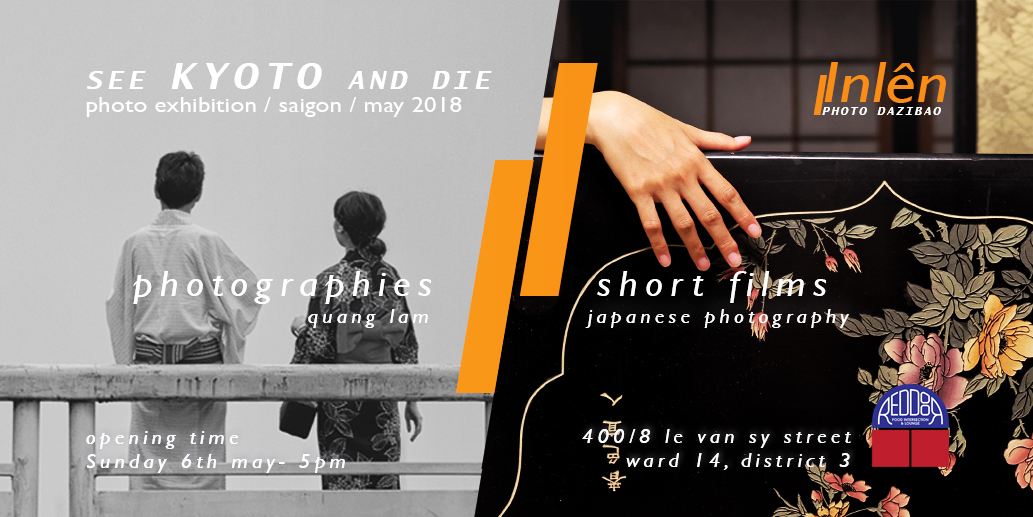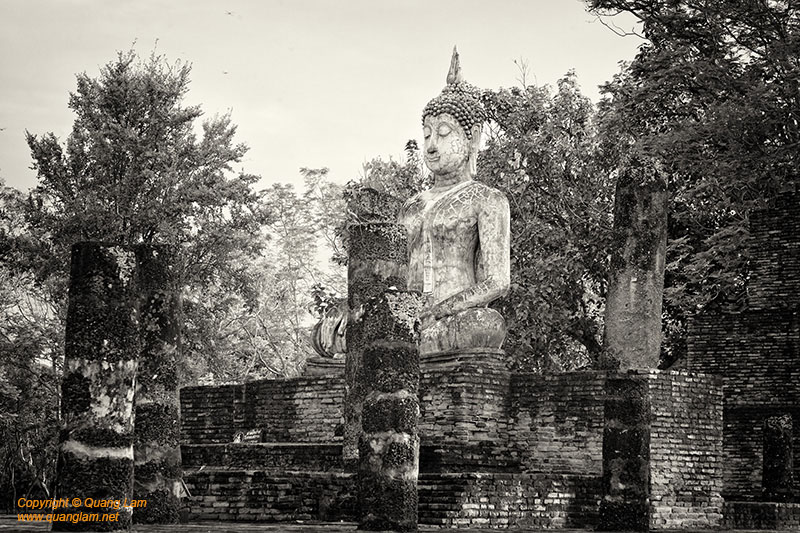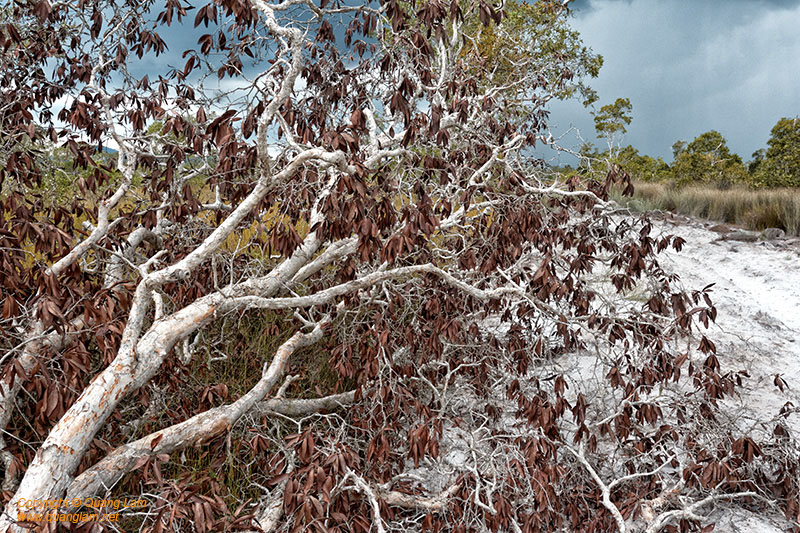Statement by the visual artist Quang Lam
“The Autograph Collection Hotels, in collaboration with Vinpearl Landmark 81, has launched the visionary project “Gallery in the Sky.” I would like to cultivate the values of international connections and exchanges, leveraging the unique setting of Vinpearl Landmark 81. My vision for “Gallery in the Sky” involves capturing captivating photographs of airplanes arriving from all corners of the globe, visible from the hotel. But invisible, they are like “Air Flows”.
[…]
BETWEEN THE CAVE AND THE SUN
by Steve Bisson
«True rebellion is what calls into question the preconstituted order, not that it neglects it in favor of a permanently anarchic or hedonistic immaturity.»
In Quang Lam’s recent series ‘Hong Kong 2047’ the photographer alternates some vertical portraits of grotesque skyscrapers, depicted almost as if they were totems, with close-up images of remote control and surveillance systems. The cold linear,
[…]
Although Tibetan Buddhism integrates the three main vessels of Buddhism, it is distinguished by a set of practices and historical and artistic traditions that give it its special character.
The immensity of its territory, its millennial and contemporary history have shaped its expression and its art which are not only visible in the temples but along the roads and within the magnificent landscapes of the Himalaya.
In his different trips from 2013 to 2017,
[…]
Photographer Hoang Nhiem extends his interests to social issues and human influences on nature. In his photographs, nature is not just an landscape/object but a victim in a story that needs to be told.
“From Hà Giang to Trà Vinh, I capture resilient trees in their habitat. In my photographs, I use infrared technique to convey their beauty and strong vitality, despite the destruction caused by humanity in their path to ‘develop’ and find convenient comfort.”
[…]
The period of year 2000 marked a pivotal moment for Shanghai as it embraced globalization, transforming into a major financial and cultural center while dealing with the complexities of rapid urbanization and economic growth. With rapid economic development came challenges, including increased inequality, environmental issues, and the displacement of communities due to urban development projects.
The Old City dates back to the 16th century and was once the heart of Shanghai. It features traditional architecture,
[…]
The title refer to the famous expression “See Venice and Die”.
It describes the particular esthetic experience one might encounter while visiting some cities in the world. The photographer has been twice in Kyoto. Images of the exhibition are related to the second trip, which happened 12 years after the first one.
Souvenirs, street photography and fictional images are mixed to define his ephemeral consciousness of perfection in this photographic essay.
[…]
Phu Quoc, between mangroves and magical trees.
Located off the coast of southern Vietnam, Phu Quoc was at one time a place
for the exiled and imprisoned. Until recently, it took eight hours on a
merchant ship to reach the island from the mainland. This remoteness, though, was instrumental in
the island retaining most of its natural treasures.
For most of the people, its main attractions are its beaches and the sea,
[…]




